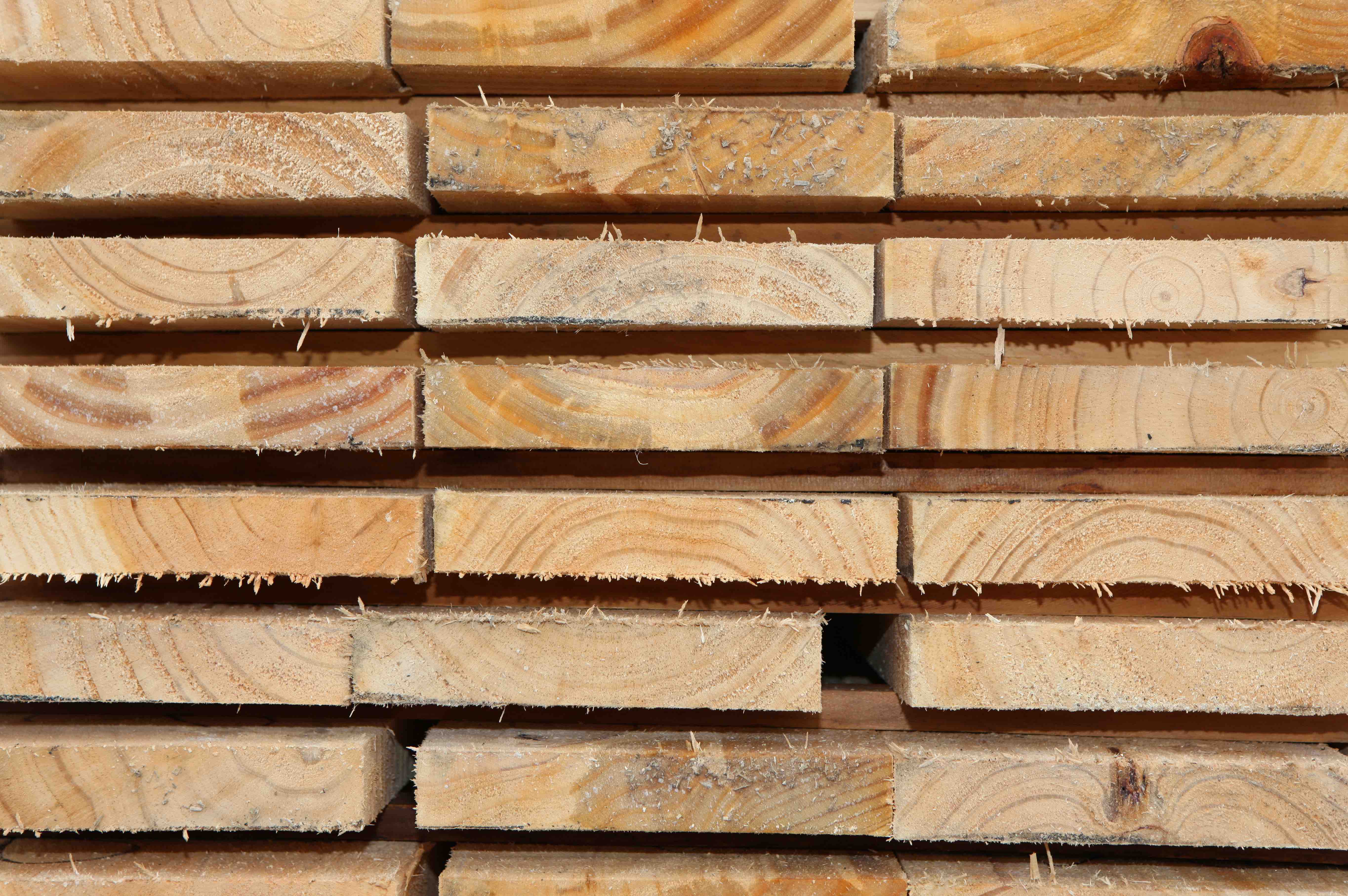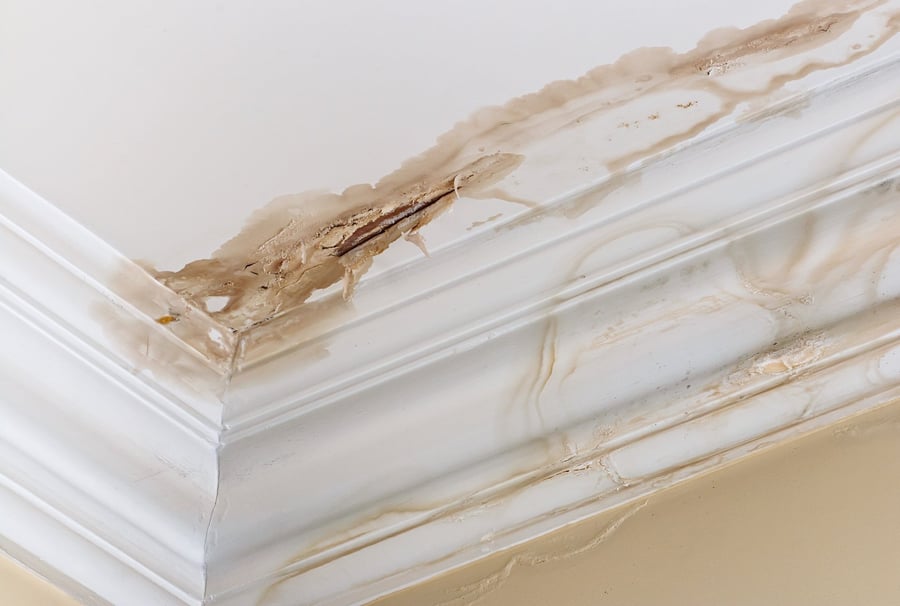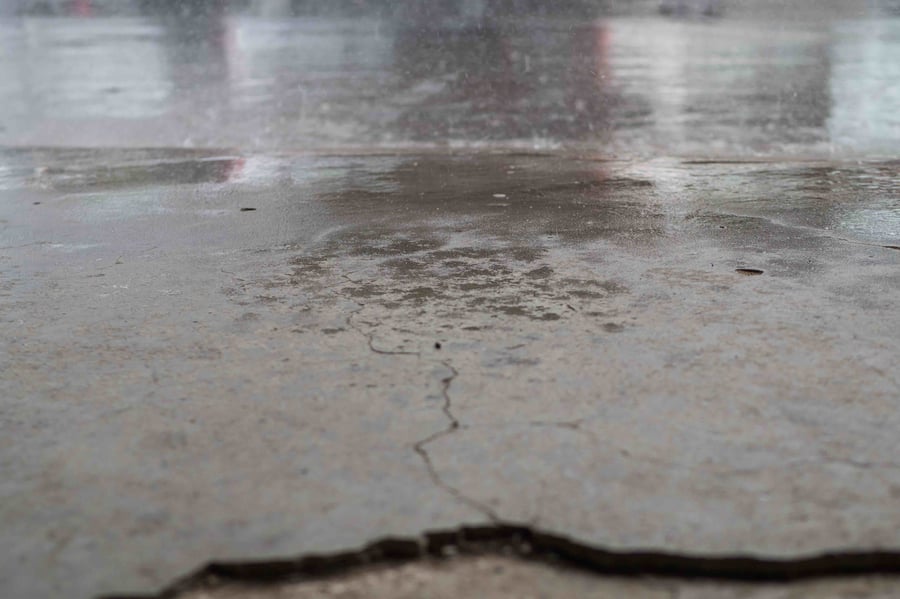How to Use the Best Moisture Meter for Your In-Kiln Monitoring System

 For lumber manufacturers, drying lumber in the kiln is an everyday process—yet one that can be maddeningly difficult to get just right. Being able to monitor the shell and core moisture of lumber boards inside the kiln is crucial for being able to better optimize your lumber drying process to maximize lumber quality. However, how can you use moisture meters in the kiln, let alone choose the best moisture meter for in-kiln moisture monitoring?
For lumber manufacturers, drying lumber in the kiln is an everyday process—yet one that can be maddeningly difficult to get just right. Being able to monitor the shell and core moisture of lumber boards inside the kiln is crucial for being able to better optimize your lumber drying process to maximize lumber quality. However, how can you use moisture meters in the kiln, let alone choose the best moisture meter for in-kiln moisture monitoring?
The answer to the first part of the above question is that you can’t—or at least shouldn’t—try to use a wood moisture meter in an active kiln. At least, not directly. A hot kiln is no place for a moisture meter regardless of how ruggedly it is built. Even if the wood moisture meter could take the extreme conditions of the kiln, the person using it would be put at risk.
This is why in-kiln moisture monitoring tools such as Delmhorst’s KIL-MO-TROL system exist. The KIL-MO-TROL system uses a series of insulated wires to remotely connect a moisture meter for wood to lumber and boards being dried in the kiln. This system allows a lumber worker to test the moisture content of lumber without setting foot inside the kiln—creating live, real-time monitoring for moisture conditions of wood in the kiln.
However, getting the most out of an in-kiln monitoring system requires more than just randomly sticking probes in wood samples throughout the kiln. It requires choosing the best wood moisture meter for your lumber and knowing how to select samples and set up the probes so you can get accurate measurements of shell and core moisture in your lumber.
Choosing the Best Moisture Meter for Your Lumber
When selecting a wood moisture meter to use with your in-kiln moisture monitoring system, it’s important to consider the following:
- The meter’s compatibility with your in-kiln monitoring system;
- The wood moisture meter’s calibration and species correction capabilities;
- The meter’s overall reading accuracy; and
- The wood moisture meter’s temperature correction capabilities.
In normal circumstances, such as testing wood moisture content in room temperature conditions, it isn’t important that a moisture meter for wood has a temperature correction feature. However, when testing moisture in a kiln, the extreme temperatures can affect the accuracy of the moisture content measurement to a certain extent—usually not by much, but by enough that it can affect how you set conditions in the kiln.
Species corrections are important if the meter is not calibrated for the specific type of wood your lumber mill typically processes—or, if you process more than one kind of wood. Accuracy matters because it doesn’t do you much good to use a wood moisture meter that gives you bad information regarding your lumber’s moisture content.
Choosing a moisture meter for wood that’s compatible with your in-kiln moisture monitoring system is an obvious necessity—but it’s one that can be difficult with some manufacturers. Delmhorst makes it easy to find a KIL-MO-TROL-compatible moisture meter by using a “universal probe socket” design for all of the company’s pin-type moisture meters and electrodes.
Any Delmhorst moisture meter with a universal probe socket can be attached to any Delmhorst probe—there is no need to pair a specific wood moisture meter model to a specific probe. Since all of Delmhorst’s pin moisture meters have a universal probe socket, they can be used with any Delmhorst electrode—including the ones for the KIL-MO-TROL system.
One of Delmhorst’s best moisture meters for use with the KIL-MO-TROL in-kiln moisture monitoring system is the J-2000 meter. This particular wood moisture meter boasts both species corrections (for 50 different types of wood) and temperature corrections—plus the ability to store up to 100 accumulated moisture content readings. The built-in calibration check makes it easy to verify that the meter is providing accurate moisture measurements.
Using Wood Moisture Meters for In-Kiln Moisture Monitoring
Once you have the best wood moisture meter for your in-kiln moisture monitoring needs, how can you use it? The first step is to make sure that the in-kiln monitoring system is properly set up so you can get core and shell moisture readings at different points in your kiln.
The number of stations you set up, and which samples you select, will largely depend on a few factors, including:
- The total MBF (1 MBF is 1,000 board feet) of the kiln,
- Which pieces were most recently sawn, and
- How thick each piece of lumber is (since that affects how wet any given sample is likely to be).
Once appropriate samples have been selected, a set of insulated contact pins should be driven into the lumber at each testing station. One will collect data on shell moisture, the other will be driven deeper to collect core moisture data. Each station should be clearly marked to make it identifiable later (Station 1, Station 2, etc.). This helps to improve record-keeping for later.
After the appropriate testing samples have been selected and set up, the wood moisture meter can be hooked directly to the KIL-MO-TROL in-kiln moisture monitoring system so readings can be taken. Just turn the dial to the desired testing station and activate the meter. After each reading, record the number and turn the dial to the next testing station and repeat until all testing stations have been accounted for.
Using this information, you can adjust your kiln-drying process to better balance shell and core moisture and avoid over-drying the lumber.
Need help choosing the best moisture meter for your in-kiln moisture testing needs? Contact the wood moisture meter experts at Delmhorst today.
Subscribe to Our Blog
Post Related

How to Understand Moisture Meter Readings for Accurate Results


